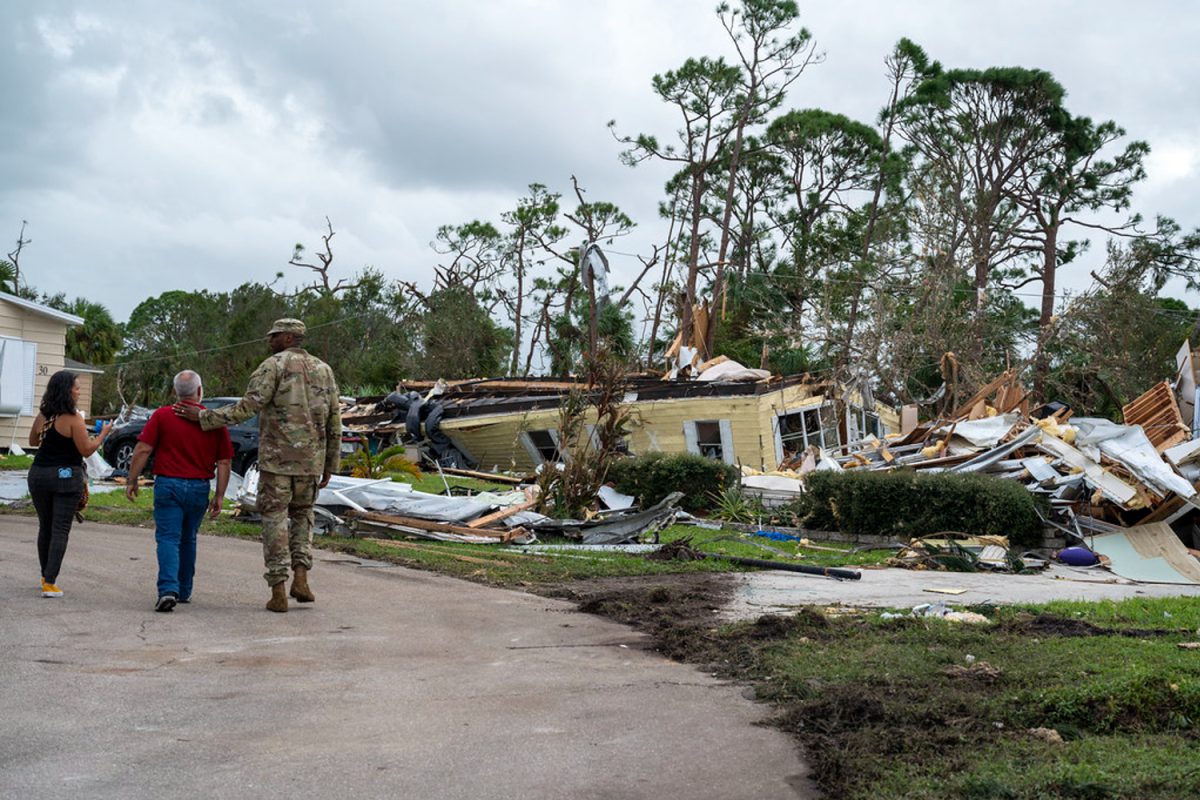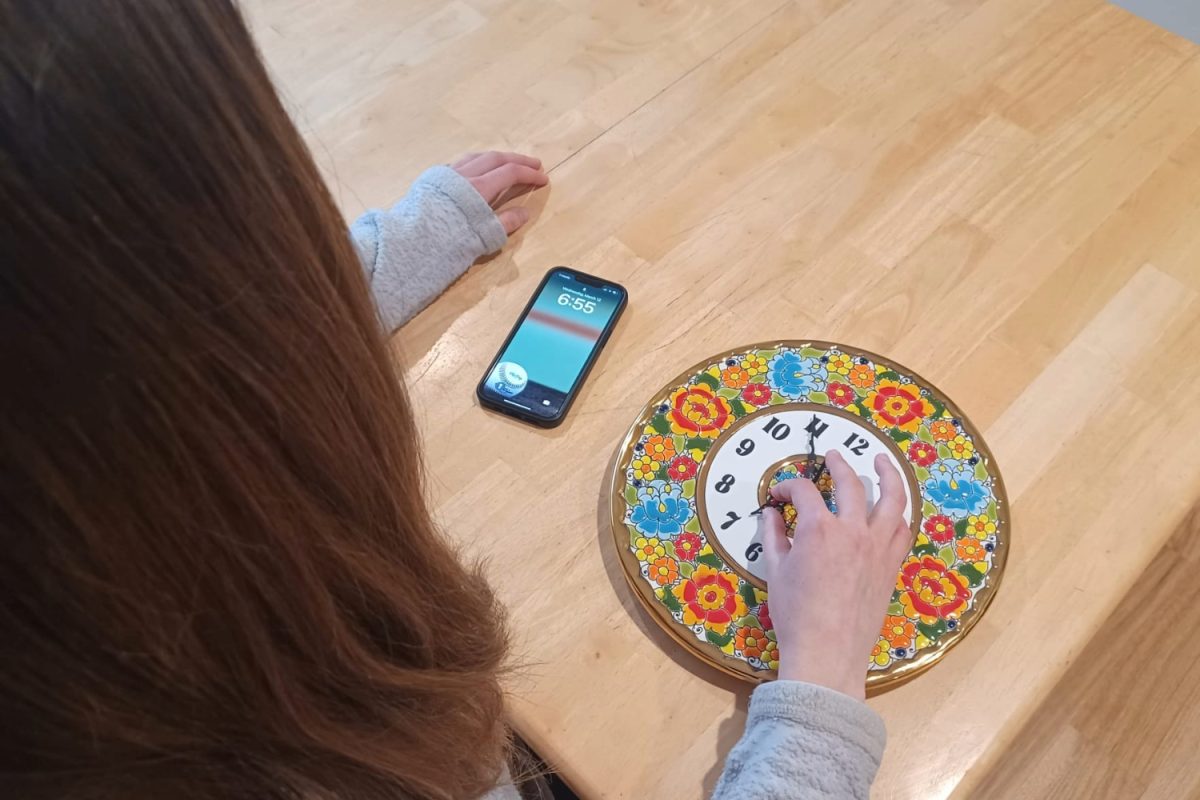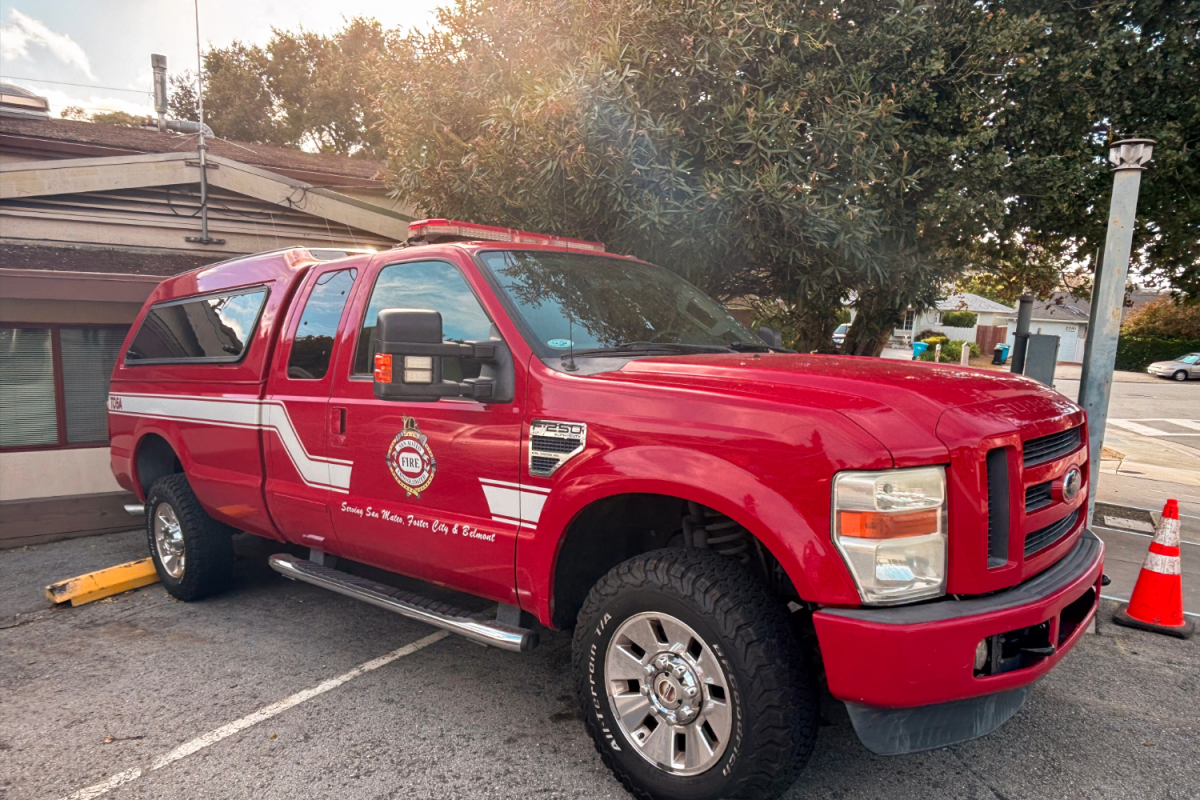Hurricane Milton Recovery efforts ignite state-wide action between teenagers, educators, and communities.
Hurricane Milton built into a Category Five hurricane over the Gulf of Mexico. It peaked at 897 millibars of pressure, making it the fifth most intense hurricane recorded. Before reaching land, it dulled out and became a Category Three hurricane, although it still ravaged communities all around Florida. The hurricane traveled from Siesta Key to Fort Myers Beach, affecting most of central Florida and the western coast. Hurricane Milton and Hurricane Helene were similar, both moving through the Gulf of Mexico.
Hurricane Milton forced many schools to evacuate. Some of these schools had already planned for a situation like a hurricane.
“All curriculum had to be adjusted by a week or two. District assessments were also postponed to a later date. Truly, all lesson plans were just shifted over to when we returned to school. We do have a curriculum calendar, and the district made sure that we had appropriate time to teach the lessons at hand to be ready for any upcoming assessments,” said Rebecca Perrini, a fourth-grade teacher at Citrus Park Elementary School.
According to Ron Desantis, the current Governor of Florida, there were 51 counties that were under a state of emergency. Of those counties, 14 were under mandatory evacuation procedures. In addition, many already had prepared hurricane plans.
That being said, recovery after any event of this magnitude is difficult. The added pressure of missing school caused an array of side effects. Students and teachers face making up school time, with differing solutions depending on the school district. Additionally, returning to school was met with some disruption; many hurricane zones had not gained their electricity back.
Celestina Petti, a student at Barron Collier High School, is a member of Collier County, one of the many counties affected by Hurricane Milton.
“During the hurricane, it didn’t affect as much until later at night. The power completely went out and was flickering on and off, and then it was just completely out. Then we woke up in the morning and it was back on,” Petti said.
Not just Collier County was affected by the loss of power. Three million four hundred thousand homes and businesses were out of electricity from Hurricane Milton, according to poweroutage.us, which tracks, records, and aggregates power outages across the United States.
“The only problem with going to school after the hurricane was the power because lots of students and staff didn’t have power at their homes yet, even five days after the hurricane hit.” said Stella Guenther, a student from Aubrey Rogers High School.
From the students’ viewpoint, the hurricane’s aftermath was mainly characterized by the loss of power.
“We’re all just tired of having to deal with these storms due to all of the stress they cause,” Guenther said. Petti remembered how many people were in a bad mood because they were in the classroom without power and A.C.
Barron Collier High School and Aubrey Rogers High School were closed from Oct. 7 through Oct. 11. Originally, Petti was worried that students would miss much of school and have to recover their lost school days, but in actuality, it was just a one-week break off of school, according to Petti.
Other districts, like Perrini’s district, are still considering different plans of action for the future.
“Currently, our teacher association, the state, and the district are trying to figure out how our time will be made up. We knew from Hurricane Helene our early release Mondays would become full days, and a few of our teacher workdays would become full student days. As for Milton, we are waiting for how they will have us make up those days. It can be anywhere from taking back holiday days, extending school days, or extending the school year,” Perrini said.
Even with these added challenges, students are required to overcome them.
“Overall, we as Floridians take these storms seriously and heed warnings. We do what we need to do. We will fix our roads and rebuild our playgrounds and houses,” Perrini said. “It is what we do. As for our Citrus Park Elementary School family, we are there not only for each other as staff, but we also take care of our kids and their families. In just over a month, we will be able to breathe a bit more relaxed as hurricane season comes to an end.”
Two years ago, when Hurricane Ian struck Florida, it also caused massive destruction.
“We got 12 feet of surge, and my parents lost both of their cars,” Guenther said. “We lost everything on the first floor of our home.”
According to the National Climatic Data Center, 79 tropical and subtropical cyclones have affected the state of Florida. These hurricanes are not new, but research is still being done to lessen the effects and their damages.
Hurricane season is expected to end on Nov. 30. There is more to come in the form of tropical storms or other weather events, though they are not as bad as Hurricane Milton.
“I have to say that kids are resilient,” Perrini said. “Yes, we missed a lot of time, but we will continue to teach to our standards and pull kids into small groups that may really need any extra support due to the loss of time. All that needs to be taught will be taught.”












